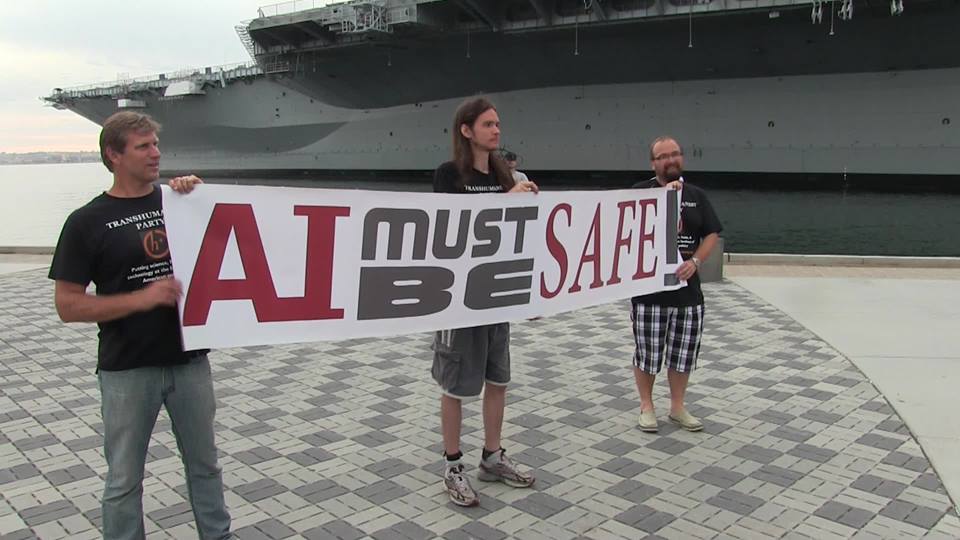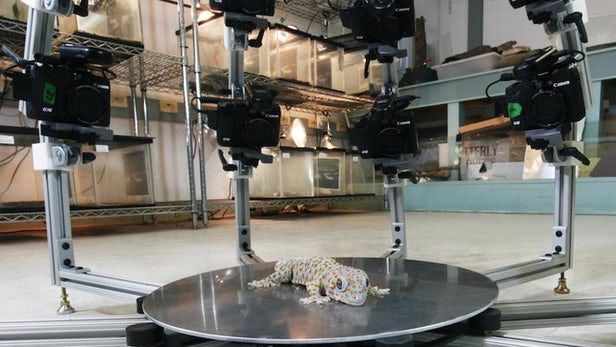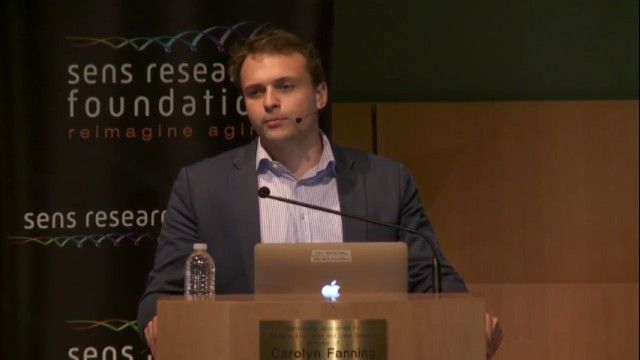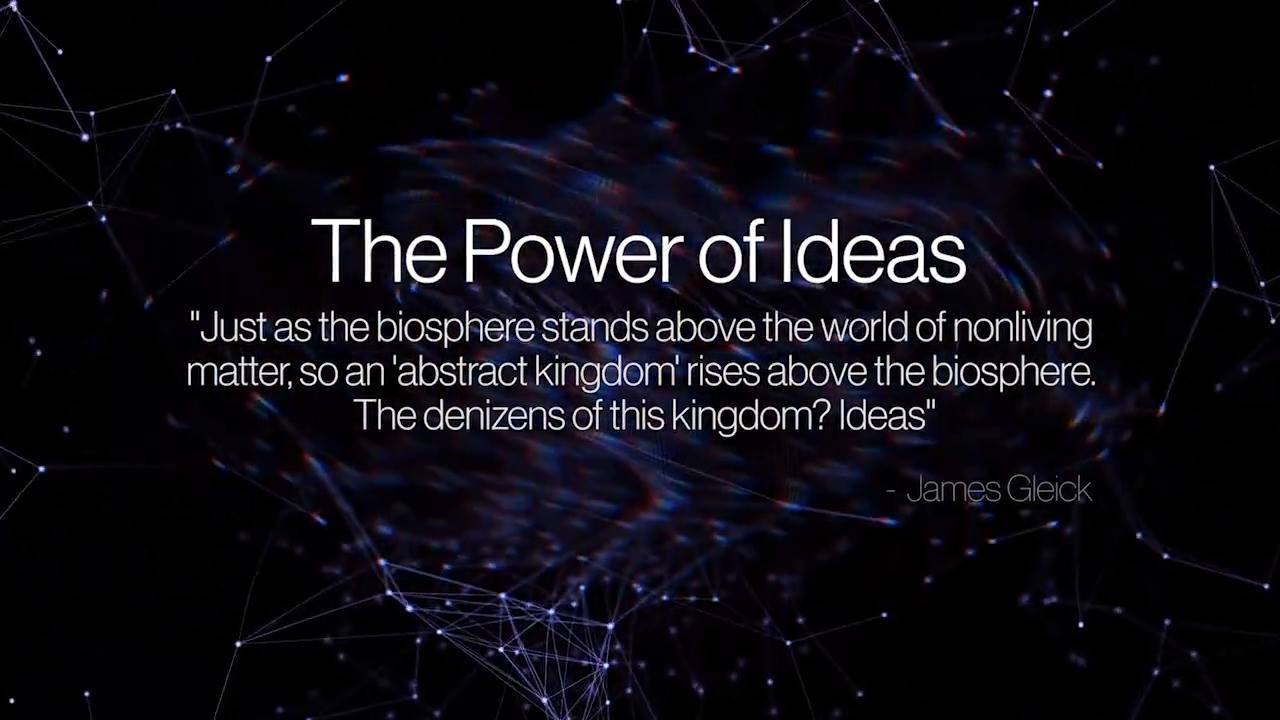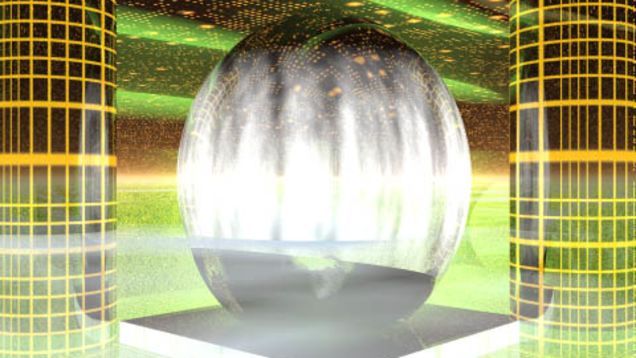Page 10764
Nov 3, 2016
World’s Largest Floating Solar Test Bed Comes Online in Singapore — By Within Coca | Triple Pundit
Posted by Odette Bohr Dienel in categories: economics, energy, solar power, water
“A new floating solar photovoltaic system in Singapore is just one hectare in size and is meant as a prototype. But it could help usher in a new wave of PV placements on water resources globally.”
Nov 3, 2016
Magnetic ink brings printable and self-healing electronics together
Posted by Shane Hinshaw in categories: electronics, materials
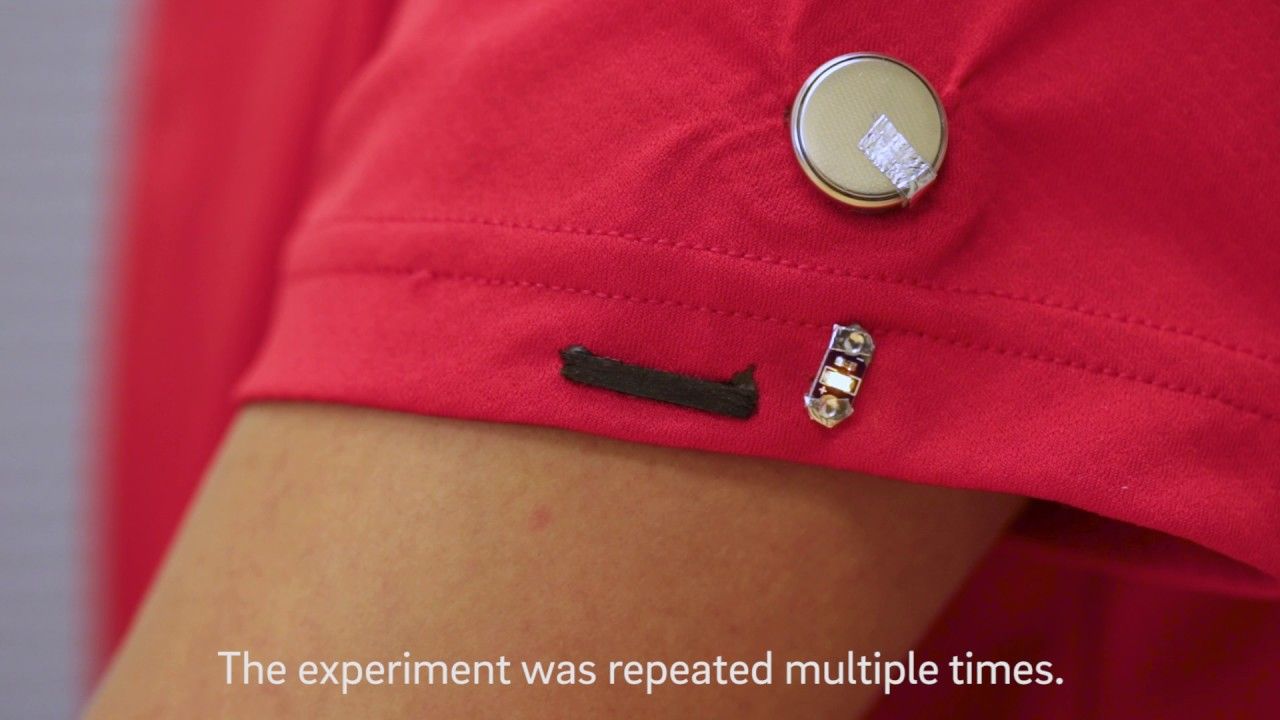
Engineers from the University of California, San Diego have brought together a couple of nascent technologies that could result in inexpensive and long-lasting electronic devices. The team created a magnetic ink that can print a variety of self-healing components.
The ink is loaded with inexpensive microparticles made of neodymium that are magnetically oriented in such a way that if the material rips, each side of the tear is attracted to the other. This allows components printed with the ink to self-repair tears as wide as 3 mm, which the researchers claim is a new record.
Continue reading “Magnetic ink brings printable and self-healing electronics together” »
Nov 3, 2016
Digital Life aims to make a 3D scan of every animal species on Earth
Posted by Shane Hinshaw in category: habitats
A recent study suggested that the total number of unique species that call Earth home may be as mind-bogglingly high as 1 trillion. Granted, the vast majority of those are microscopic organisms, but still, that number makes the Digital Life project’s goal, to make 3D scans of every kind of living animal, sound ridiculously ambitious. Nevertheless, the team believes that digitally preserving the biodiversity of the planet is increasingly important.
To reach that lofty goal, scientists at the University of Massachusetts Amherst are using an array of 30 cameras they call the Beastcam. This contraption is made up of 10 fixed arms with three Canon G16 cameras attached to each one, and a platform in the middle for the subject to sit on, or where that’s not possible, a more portable, handheld version can be passed over the animal to take the shot. All of the cameras take photos of the animal simultaneously, before off-the-shelf software stitches them together into a 3D model.
“We are excited to use the Beastcam technology to preserve the digital heritage of all life on Earth,” says Duncan Irschick, the biologist leading the team. “This will take several lifetimes, but we are thrilled to begin the journey. Digitally preserving the heritage of life on Earth is especially important given the rapid decline of many species, and this technology can recreate organisms in a way that has never been done before.”
Nov 3, 2016
Cancer has a new enemy. This blood test hunts down even the earliest traces of the disease
Posted by Shane Hinshaw in categories: biotech/medical, genetics, health, life extension
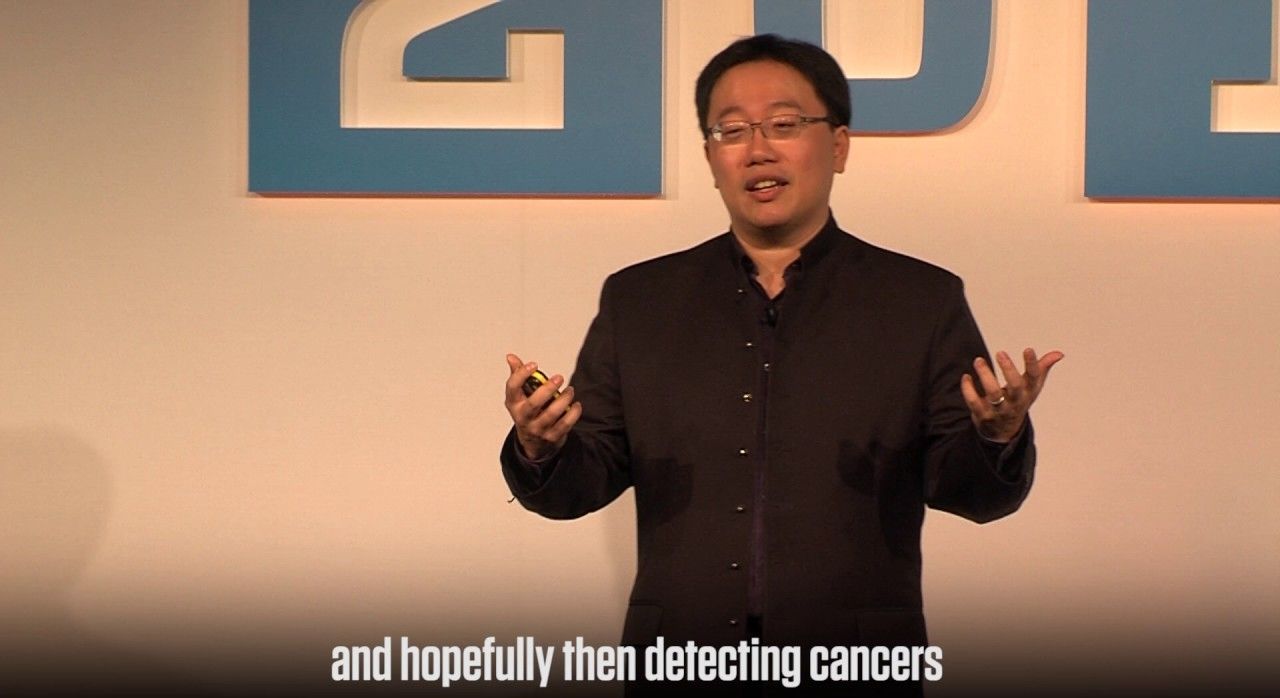
“Cancer is a disease of ageing,” Lin, geneticist and president of the Rare Genomics Institute, told the audience at WIRED2016. The World Health Organisation estimates there are about 14 million new cases of cancer every year, and predicts that figure will double by 2050. Currently, eight million people are killed every year by the disease.
By combining early intervention with an understanding of cancer genomics, however, mankind could be on the cusp of fighting cancer effectively and at scale. “We are at the intersection of three of the most exciting revolutions in cancer therapy,” Lin said.
The SENS Research Foundation launched the new Alliance Program in January and important step towards the kind of future we would all like to see.
SRF Director of Alliances David Brindley returned to the stage to introduce our new Alliance Program, launched in January 2016 with an initial $500,000 grant from SRF and building on David’s experience managing the successful CASMI Translational Stem Cell Consortium. Although SENS research to date has produced very promising pre-clinical results, the novelty and disruptiveness of the platform means that many of the therapies we propose currently lack a clear path to the market. The Alliance Program is designed to streamline that process in partnership with existing public and private entities worldwide, particularly by funding PhD and post-doctoral fellowships addressing specific translational needs.
Nov 3, 2016
TedX talk making the case for orbital space colonization and speaker made the most detailed space colony simulator ever
Posted by Klaus Baldauf in categories: business, space
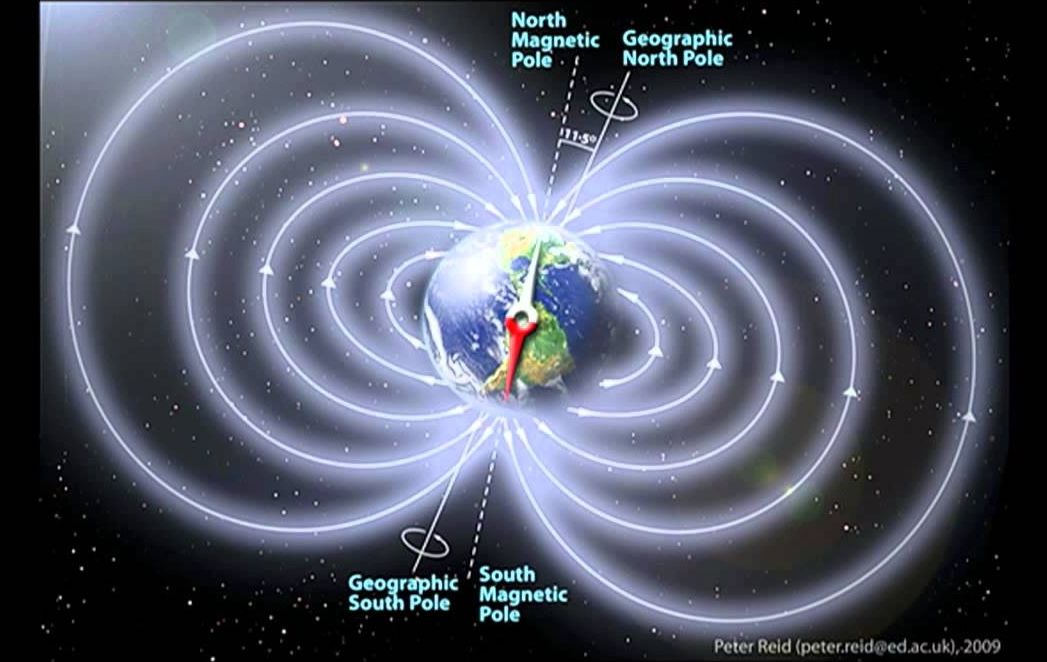
Where will the best real estate outside of Earth be? In this fascinating talk, The building of the most accurate space colony simulator examines the evidence that “we can do better than Mars.”
Joe Strout’s programming career began at a young age, writing articles for “Nibble” magazine in high school. Joe obtained a bachelors in psychology from the University of Miami and a masters in neuroscience from the University of California, San Diego, but couldn’t resist the call of code and became a full-time software developer after graduate school. He now runs a consulting business, crafting unique software solutions to a wide range of problems. Joe and his two sons have been working on High Frontier for almost a year, and ran a successful Kickstarter campaign in November 2015.
Nov 3, 2016
Why “Computronium” is really “Unobtanium”
Posted by Andreas Matt in categories: computing, engineering, particle physics, robotics/AI, space
Computronium is defined by some as a substance which approaches the theoretical limit of computational power that we can achieve through engineering of the matter around us. It would mean that every atom of a piece of matter would be put to useful work doing computation. Such a system would reside at the ultimate limits of efficiency, and the smallest amount of energy possible would be wasted through the generation of heat. Computronium crops up in science fiction a lot, usually as something that advanced civilizations have created, occasionally causing conflicts due to intensive harvesting of matter from their galaxy to further their processing power. The idea is also also linked with advanced machine intelligence: A block of matter which does nothing other than compute could presumably would be incredibly sought after by any artificial intelligence looking to get the most compact and powerful brain for its money!
Nov 3, 2016
Physicists Accidently Discover a Self-Destruct Button for the Entire Universe
Posted by Elmar Arunov in categories: entertainment, particle physics
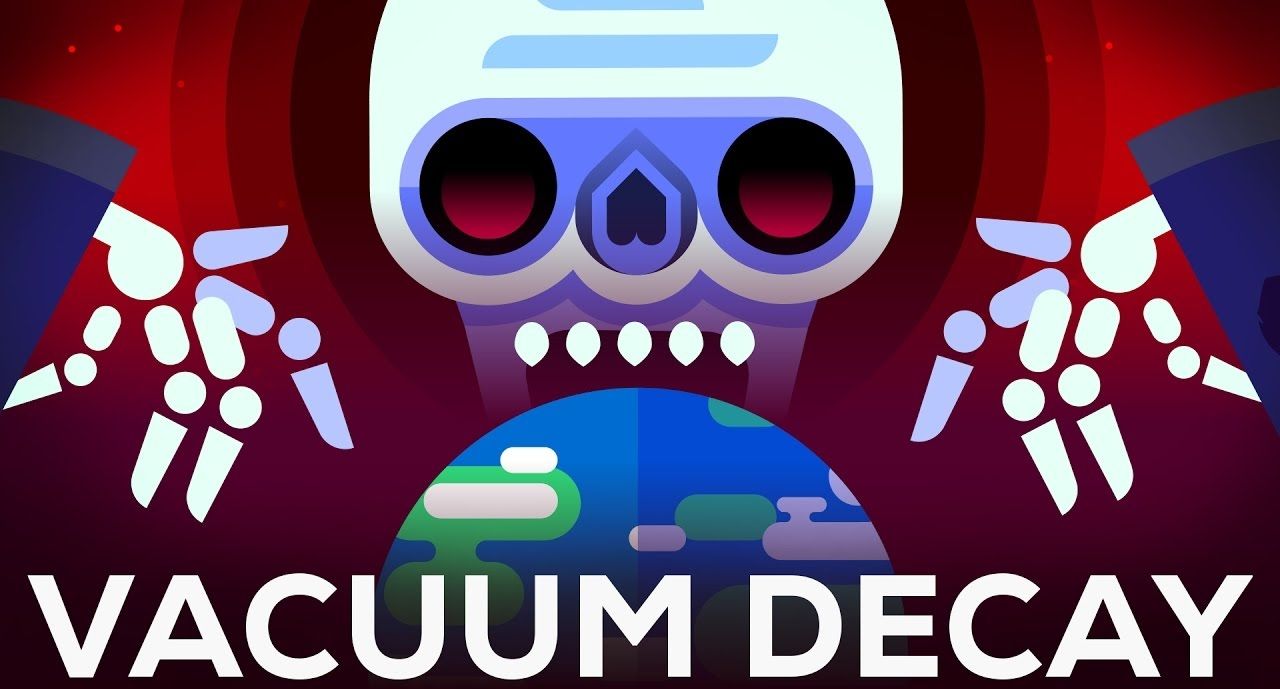
It sounds like a plot from a comic book or a sci-fi film, a theory that got a boost when one of the greatest discoveries in physics in the modern era, the discovery of the “God particle,” or the Higgs boson, the missing piece in the Standard Model of particle physics. In the preface to his book Starmus, Stephen Hawking warns that the Higgs Boson field could collapse, resulting in a chain reaction that would take in the whole universe with it.
Theoretical physicist Joseph Lykken says it would probably take billions of years before we reach that point. Lykken hails from the Fermi National Accelerator Laboratory in Batavia, Illinois. If it did happen though, you wouldn’t know it. One instant you are here, the next, you and everything else is swallowed up by an enormous vacuum bubble, traveling at light speed in every direction. Humanity would never see it coming.
Continue reading “Physicists Accidently Discover a Self-Destruct Button for the Entire Universe” »
